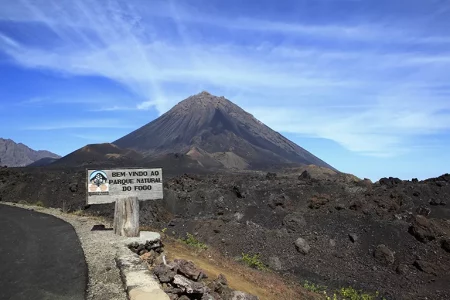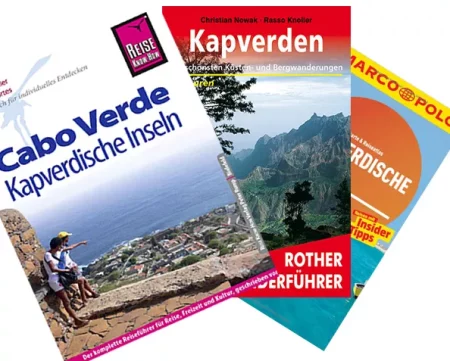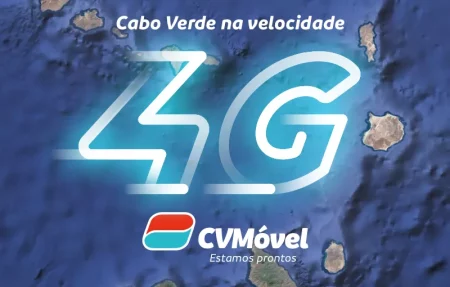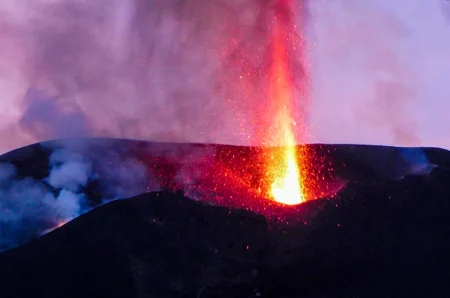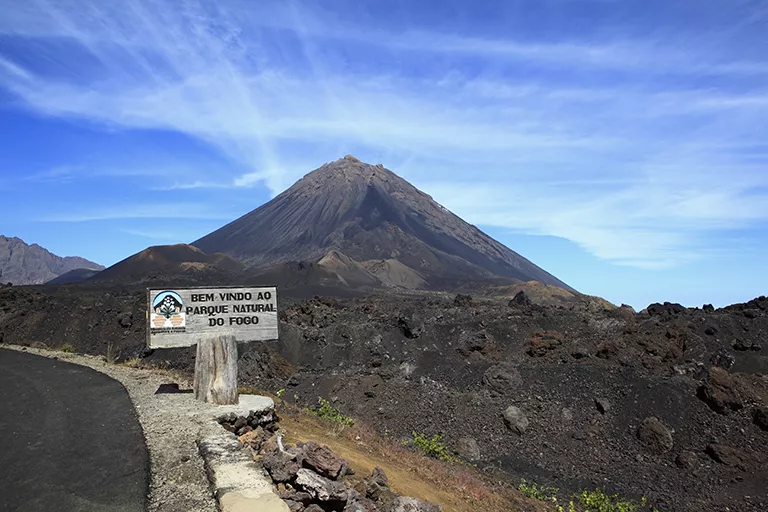Santiago Island
Santiago – The African
Overview of the island
991 km² (The largest Island)
266,000
Praia (approx. 150,000 inhabitants)
Pico da Antónia, 1,394 m
Welcome to Santiago, the largest island of Cape Verde ! Located in the south-east of the island, with its capital Praia, there is Santiago, which has significantly shaped the history of the archipelago. Nowadays, more than half of the Cape Verdeans live on this island. With its surface area of 991 km², Santiago is probably the most scenically diverse island. It is characterised by fine sandy beaches as well as mountains and dry steppe areas, but also fertile valleys and high plateaus. In one valley in the interior of the island near Assomada, you can marvel at the oldest and largest tree in Cape Verde, a kapok tree, about 500 years old and 40m high.
The mountain ranges
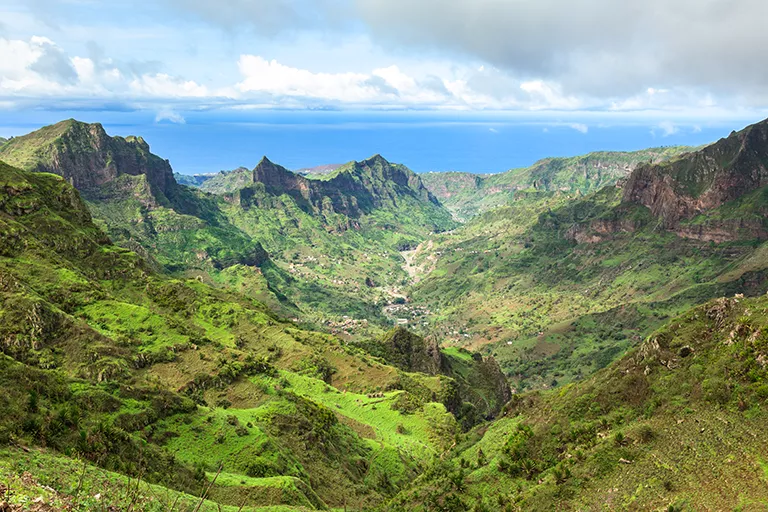
It is dominated by two volcanic mountain ranges: in the north, the arc of the Serra Malagueta (1,064m) stretches from the west to the east coast; while in the centre of the island, the mountain range spreads out around the island’s highest mountain, Pico d’ Antónia (1,394m). Surrounding these two natural monuments are the Achadas (plateaus), table mountains of lava rock. The Achadas in the interior of the island have a rich vegetation: Acacias, euphorbias and figs are very common here, as the soils are comparatively moist. In the north and south, the plateaus are much more barren and interspersed with dry valleys (ribeiras).
In cultural terms, the island is strongly influenced by Africa, as it was the centre of the slave trade with the neighbouring continent for many years. This can be felt in the ubiquitous musical styles such as Funana and Batuco.
Praia, the capital city

With its 130,000 inhabitants, the capital Praia pulsates and grows and is the state and economic epicentre of the country. But the cityscape is also characterised by poor settlements, which are somewhat reminiscent of Brazil’s favelas, and suburbs with multi-storey concrete buildings. Praia is busy, loud, hectic – a typical big city. Businessmen, politicians and diplomats bustle about in the centre, 10,000 commuters visit the city every day during the week.
Despite the fact that Praia is not very touristy, there is plenty to discover: The old town centre, situated on a plateau, with its magnificent houses from the colonial era, and the Praça Alexandra de Albuquerque, which invites you to linger with its trees, flowers and benches. To the south-east of the square is the neoclassical church “Igreja Nossa Senhora da Graça”. The lively fruit, vegetable and fish market is also located in the centre.
At the foot of the plateau, the large African market Sucupira with its labyrinthine aisles invites you to visit, there you can buy almost anything.
Not many people live on the plateau, so it is quite quiet in the evenings. However, the situation is different in the Achada Santo António district, where numerous restaurants, pubs and bars are open at the end of the day and invite you to go out.
Urban beaches include Praia Prainha or Quebra Canela. Praia da Gamboa, which is not suitable for swimming, hosts the island’s largest music festival once a year.
Cidade Velha / Ribeira Grande

In July 2009, Cidade da Ribeira Grande de Santiago, the former capital of Santiago (formerly called Cidade Velha), was declared a World Heritage Site by UNESCO. This is the place where the history of Cape Verde began in the 15th century, when the Portuguese discovered the islands and founded the first settlement at the mouth of the Ribeira Grande.
The town is overlooked by the mighty Fortaleza Real de São Filipe, a reminder of Portuguese colonial rule. The romantic little houses of the Rua Banana, which have a construction style that is also typical of Portugal, have been faithfully rebuilt as part of a UNESCO project. The fact that Cidade de Santiago was the center of the international slave trade in its heyday is attested to by the pillory (Pelourinho), an obelisk near the city center.

Located in the interior of the island, Rui Vaz, near Pico da Antónia, is well worth a visit. It is a mountain village nestled in a natural park that is under protection. You can spend the night in the nice Quinta da Montanha, that also offers a good cuisine. There are several hikes from here, where you can get a good impression of the Cape Verdean agriculture. It is also possible to climb two secondary peaks of Pico da Antónia: Monte Tchota (1,041m) and Monte Gamboa (1,099m).
Tarrafal

It is possible to spend a few pleasant days in Tarrafal in the north of Santiago. A beautifully situated, small and sheltered bay under palm trees with white sand invites you to swim. It’s also worth taking a walk through the small town with its main square, church and historic town hall. It offers some accommodation and a diving centre.
For those who want to discover a special, still undiscovered and original, beautiful place, a detour to “Ribeira da Prata”, about 5 km away from Tarrafal, is recommended: a lonely bathing beach with glittering black lava sand and coconut palms. There is even a small, cosy Cape Verdean bar where you can get fresh fish and cool drinks.









